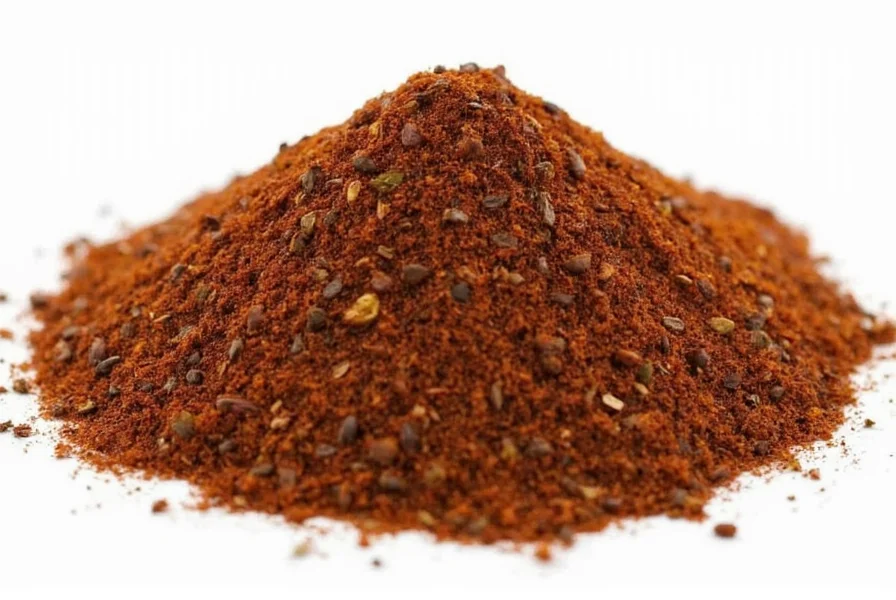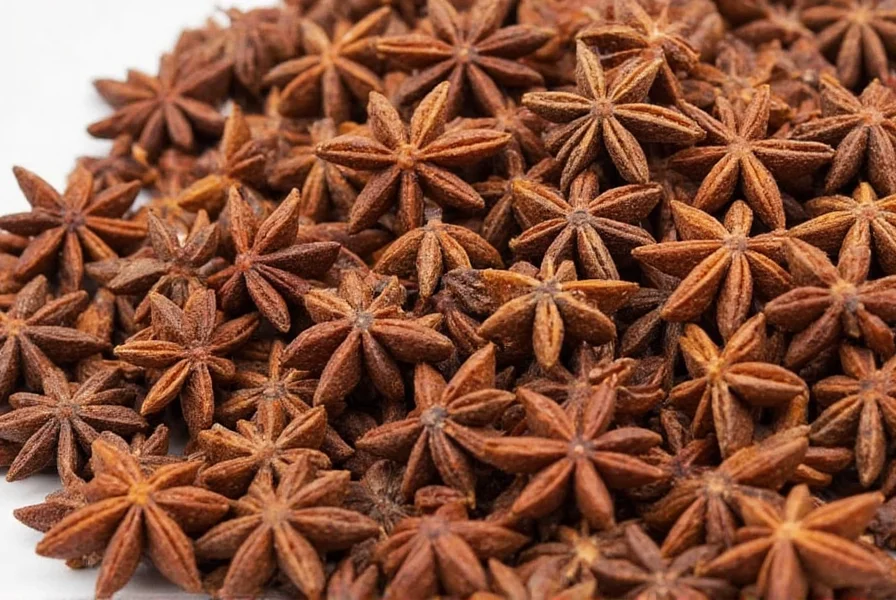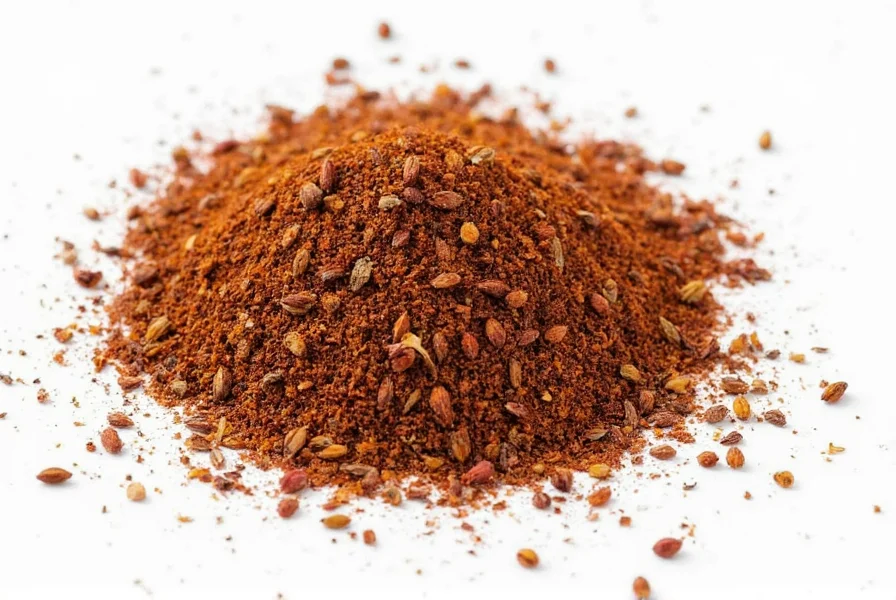Understanding Star Anise: Nature's Star-Shaped Spice
Star anise (Illicium verum) isn't actually related to anise seed despite their similar flavor profiles. This unique spice comes from the evergreen Illicium verum tree native to Southwest China and Northeast Vietnam. The fruit develops into a distinctive eight-pointed star shape, with each point containing a single seed. Harvested while still green and then sun-dried until reddish-brown, these stars measure approximately one inch across and feature a hard, woody texture.

Botanical Background and Historical Significance
For over 3,000 years, star anise has been integral to traditional Chinese medicine and culinary practices. Ancient texts document its use in treating respiratory and digestive ailments long before it reached European markets through Arab traders. Unlike anise seed (Pimpinella anisum), which belongs to the Apiaceae family, star anise comes from the Schisandraceae family, explaining their botanical distinction despite similar flavor compounds.
Flavor Profile and Chemical Composition
The dominant compound in star anise is trans-anethole (80-90%), which creates its signature licorice flavor. Additional compounds like estragole and limonene contribute subtle citrus and pine notes. When comparing star anise vs anise seed, star anise contains nearly three times more anethole, resulting in a more intense, complex flavor with warm undertones of cinnamon and clove. This higher concentration makes star anise particularly valuable in spice blends where deep, lasting flavor is essential.
Culinary Applications Across Global Cuisines
Professional chefs prize star anise for its versatility across multiple culinary traditions:
| Cuisine | Traditional Uses | Recommended Quantity |
|---|---|---|
| Chinese | Five-spice powder, red cooking braises, pho broth | 1-2 whole stars per pound of meat |
| Vietnamese | Pho broth, caramelized fish dishes | 2-3 stars per 6 cups broth |
| Indian | Garam masala, biryani rice, chai tea | 1 star per 4 servings |
| Mexican | Mole sauces, spiced chocolate | 1/2 star ground per recipe |
Star Anise vs Anise Seed: Critical Differences
Many home cooks confuse star anise with anise seed, but understanding these differences prevents recipe failures:
- Botanical origin: Star anise comes from Illicium verum (evergreen tree), while anise seed comes from Pimpinella anisum (annual herb)
- Flavor intensity: Star anise contains 80-90% trans-anethole versus 80-90% in anise seed, but star anise's woody structure releases flavor more slowly
- Culinary applications: Star anise excels in long-cooked dishes (braises, broths), while anise seed works better in baked goods and quick preparations
- Substitution ratio: When replacing star anise with anise seed, use 1/2 teaspoon ground anise seed per whole star anise
Health Benefits Supported by Research
Traditional medicine systems have utilized star anise for centuries, and modern research validates several health benefits of star anise spice:
- Digestive support: Compounds in star anise tea benefits include relieving bloating and indigestion through antispasmodic effects
- Antimicrobial properties: Shikimic acid (a key component) shows effectiveness against certain bacteria and fungi
- Antioxidant capacity: High phenolic content provides significant free radical scavenging activity
- Respiratory relief: Traditional use in cough syrups and chest rubs has basis in its expectorant properties
However, Japanese star anise (Illicium anisatum) is toxic and should never be consumed. Always purchase from reputable spice merchants to ensure you're getting the safe Chinese variety.

Practical Cooking Techniques with Star Anise
Mastering star anise usage elevates your culinary results:
- Whole vs. ground: Use whole stars in liquid-based dishes (soups, stews, poaching liquids) for gradual flavor release; grind only when immediate flavor impact is needed
- Timing matters: Add whole stars early in cooking for deep flavor infusion; add ground star anise near the end to preserve volatile compounds
- Pairing principles: Combines exceptionally with cinnamon, cloves, ginger, citrus zest, and black pepper
- Storage tips: Keep whole stars in airtight containers away from light; ground star anise loses potency within 6 months
Common Mistakes to Avoid When Using Star Anise
Even experienced cooks make these errors with star anise spice:
- Overuse: One extra star can dominate a dish - start with one star per pound of ingredients
- Leaving in too long: Remove whole stars after 30-60 minutes of simmering to prevent bitter notes
- Confusing with Japanese star anise: Only Chinese star anise (Illicium verum) is safe for consumption
- Improper grinding: Use a dedicated spice grinder as star anise's hardness can damage standard coffee grinders
Frequently Asked Questions
Can I use star anise instead of anise seed in baking?
Yes, but with adjustments. Substitute 1 whole star anise (removed before serving) for every 1/2 teaspoon anise seed in slow-cooked recipes. For quick breads or cookies, use 1/4 teaspoon ground star anise per 1 teaspoon anise seed, as its flavor is more intense.
Is star anise safe for children and pregnant women?
Chinese star anise (Illicium verum) is generally recognized as safe in culinary amounts. However, avoid giving star anise tea to infants due to potential neurotoxic compounds. Pregnant women should limit consumption to normal food quantities rather than medicinal doses, as high amounts may stimulate uterine contractions.
How can I tell if my star anise has gone bad?
Fresh star anise should have a strong licorice aroma and deep reddish-brown color. If it smells dusty or musty, has faded to a pale brown, or crumbles easily when touched, it's lost potency. Properly stored whole star anise maintains quality for 2-3 years, while ground form lasts only 6 months.
What's the best substitute for star anise?
For most savory applications, combine equal parts anise seed and fennel seed. In sweet dishes, use 3/4 teaspoon anise extract plus 1/4 teaspoon fennel seed per whole star anise. For authentic Chinese five-spice flavor, add a pinch of cloves and cinnamon to this mixture. Avoid using star anise substitutes in medicinal preparations where specific compounds are required.
Why is star anise used in making Tamiflu?
Shikimic acid, abundant in star anise, serves as the primary natural source for oseltamivir phosphate (Tamiflu) production. While synthetic alternatives now exist, Chinese star anise remains an important initial source. This pharmaceutical use doesn't affect culinary availability, as only a small percentage of the global harvest goes to pharmaceutical manufacturing.











 浙公网安备
33010002000092号
浙公网安备
33010002000092号 浙B2-20120091-4
浙B2-20120091-4